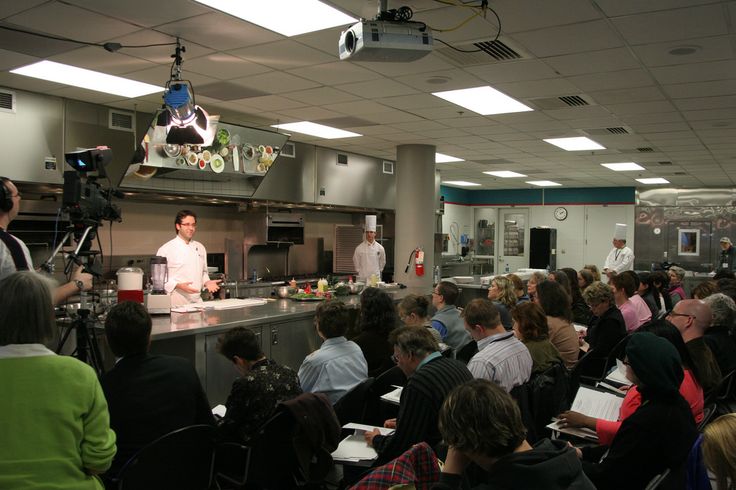All-American Manufacturing: Obstacles And Opportunities

Table of Contents
High Labor Costs and the Skills Gap in All-American Manufacturing
The success of All-American Manufacturing hinges significantly on its workforce. However, two major challenges stand out: high labor costs and a widening skills gap.
The Wage Disparity
US labor costs consistently exceed those in many other manufacturing hubs globally. This disparity significantly impacts the competitiveness of American-made goods.
- Automotive: Hourly wages for assembly line workers in the US are substantially higher than in Mexico or China.
- Textiles: The cost of labor in the US textile industry remains considerably higher compared to countries like Vietnam or Bangladesh.
This wage difference is influenced by factors including minimum wage laws, the prevalence of unionization leading to robust benefits packages (healthcare, retirement plans), and higher overall living costs in the US. These factors collectively contribute to higher production costs, making it challenging for American manufacturers to compete on price with their foreign counterparts.
Addressing the Skills Gap
A critical issue facing All-American Manufacturing is the shortage of skilled workers. The increasing complexity of manufacturing processes requires specialized expertise.
- Robotics Operation: The demand for skilled technicians capable of operating and maintaining sophisticated robotic systems is high.
- Advanced Automation Programming: Programmers with expertise in advanced automation software are in short supply.
- Cybersecurity for Industrial Control Systems (ICS): Protecting manufacturing infrastructure from cyberattacks requires specialized skills.
Addressing this skills gap necessitates a multi-pronged approach:
- Robust Vocational Training Programs: Expanding and improving vocational schools and community colleges that offer specialized training in manufacturing-related fields.
- Apprenticeship Programs: Developing and promoting apprenticeship programs that pair on-the-job training with classroom instruction.
- Industry-Education Partnerships: Fostering stronger collaboration between manufacturers and educational institutions to ensure that curriculum aligns with industry needs.
Automation and Technological Advancement in All-American Manufacturing
Automation and technological innovation are crucial for enhancing efficiency and competitiveness within All-American Manufacturing.
The Rise of Automation
Automation and robotics are transforming manufacturing processes across various industries.
- Automotive Assembly: Robots are widely used for welding, painting, and assembly line tasks.
- Electronics Manufacturing: Automated systems are employed for circuit board assembly and testing.
- Food Processing: Automated systems handle packaging, sorting, and quality control.
While automation offers significant benefits – increased efficiency, reduced errors, higher production rates – it also presents drawbacks: high initial investment costs, and the potential for job displacement. Careful planning and reskilling initiatives are crucial to mitigate these challenges.
Staying Competitive Through Technological Innovation
Investing in research and development (R&D) and adopting cutting-edge technologies is vital for remaining competitive.
- 3D Printing (Additive Manufacturing): Allows for rapid prototyping and customized production.
- AI-Powered Quality Control: Artificial intelligence algorithms can detect defects and improve quality assurance.
- Predictive Maintenance: Sensors and data analytics predict equipment failures, minimizing downtime.
Government incentives and funding programs, such as grants and tax credits for adopting new technologies, play a vital role in supporting these upgrades.
Global Competition and Trade Policies Impacting All-American Manufacturing
All-American Manufacturing faces intense global competition, significantly impacted by trade policies.
The Challenge of Global Competition
Foreign manufacturers, particularly from China and Mexico, pose a considerable challenge.
- China: A significant competitor in many manufacturing sectors due to lower labor costs and government support.
- Mexico: Attracts manufacturers due to its proximity to the US market and lower labor costs.
Trade imbalances, tariffs, and intellectual property rights violations all contribute to the complexities of this competitive landscape.
Navigating Trade Policies
Trade agreements and protectionist policies profoundly affect American manufacturers.
- USMCA (United States-Mexico-Canada Agreement): This agreement aims to streamline trade between North American countries but still presents challenges for US manufacturers.
- Tariffs: Import tariffs can protect domestic industries but may also lead to higher prices for consumers and retaliatory tariffs from other countries.
Government regulations play a crucial role in shaping the competitive environment and influencing the success of domestic manufacturing.
Government Support and Incentives for All-American Manufacturing
Government initiatives are instrumental in fostering the growth of All-American Manufacturing.
Tax Incentives and Grants
Various federal and state-level programs offer tax breaks and financial incentives to manufacturers.
- Federal Tax Credits: Incentivize investments in R&D, energy efficiency, and advanced manufacturing technologies.
- State-Level Grants: Provide funding for infrastructure improvements, workforce training, and business expansion.
Eligibility criteria and application processes vary, requiring careful review and planning.
Infrastructure Development and Investment
Robust infrastructure is critical for supporting manufacturing growth.
- Improved Transportation Networks: Efficient roads, railways, and ports are essential for moving goods.
- Reliable Energy Infrastructure: A stable and affordable energy supply is crucial for manufacturing operations.
- High-Speed Internet Access: Broadband connectivity is vital for data-driven manufacturing and remote operations.
Government investment in infrastructure development directly impacts the efficiency and competitiveness of American manufacturers.
Conclusion: Forging a Future for All-American Manufacturing
Revitalizing All-American Manufacturing demands a holistic approach. Addressing high labor costs through skills development and automation, navigating global competition through strategic trade policies, and leveraging government support through incentives and infrastructure investments are all interconnected and crucial steps. The future of All-American Manufacturing depends on a concerted effort involving businesses, educational institutions, and government agencies. Invest in the future of All-American Manufacturing; explore the resources and initiatives available to support its continued growth and prosperity. Learn how you can support the revitalization of All-American Manufacturing today.

Featured Posts
-
 The Pete Rose Pardon Examining Trumps Potential Action And Its Fallout
Apr 29, 2025
The Pete Rose Pardon Examining Trumps Potential Action And Its Fallout
Apr 29, 2025 -
 Papal Conclave Disputed Voting Rights Of A Convicted Cardinal
Apr 29, 2025
Papal Conclave Disputed Voting Rights Of A Convicted Cardinal
Apr 29, 2025 -
 Reliance Shares Surge Biggest Gain In 10 Months
Apr 29, 2025
Reliance Shares Surge Biggest Gain In 10 Months
Apr 29, 2025 -
 Investigation Underway After British Paralympian Sam Ruddock Goes Missing In Las Vegas
Apr 29, 2025
Investigation Underway After British Paralympian Sam Ruddock Goes Missing In Las Vegas
Apr 29, 2025 -
 North Korea Confirms Troop Deployment To Russia In Ukraine First Official Admission
Apr 29, 2025
North Korea Confirms Troop Deployment To Russia In Ukraine First Official Admission
Apr 29, 2025
Latest Posts
-
 Canoe Awakening A Celebration Hosted By The Culture Department
Apr 29, 2025
Canoe Awakening A Celebration Hosted By The Culture Department
Apr 29, 2025 -
 I Dont Know Why I Just Do Jeff Goldblum And The Mildred Snitzer Orchestra With Ariana Grande
Apr 29, 2025
I Dont Know Why I Just Do Jeff Goldblum And The Mildred Snitzer Orchestra With Ariana Grande
Apr 29, 2025 -
 Jeff Goldblum And The Mildred Snitzer Orchestras I Dont Know Why I Just Do Featuring Ariana Grande A Musical Collaboration
Apr 29, 2025
Jeff Goldblum And The Mildred Snitzer Orchestras I Dont Know Why I Just Do Featuring Ariana Grande A Musical Collaboration
Apr 29, 2025 -
 Uk Court Ruling On Woman A Turning Point For Sex Based Rights And Transgender Equality
Apr 29, 2025
Uk Court Ruling On Woman A Turning Point For Sex Based Rights And Transgender Equality
Apr 29, 2025 -
 Recently Booked In Geary County April 24 28 Mugshot Gallery
Apr 29, 2025
Recently Booked In Geary County April 24 28 Mugshot Gallery
Apr 29, 2025
